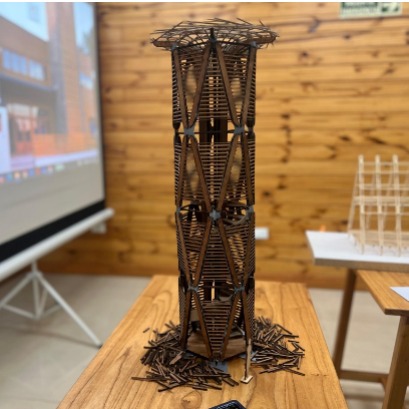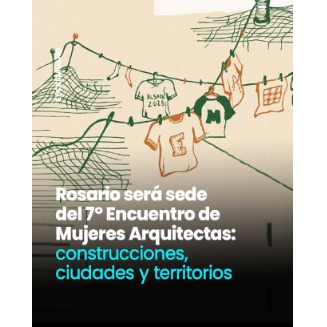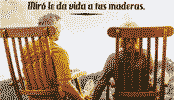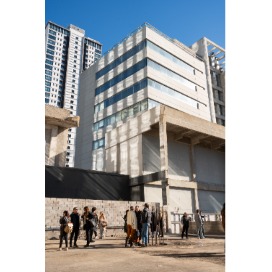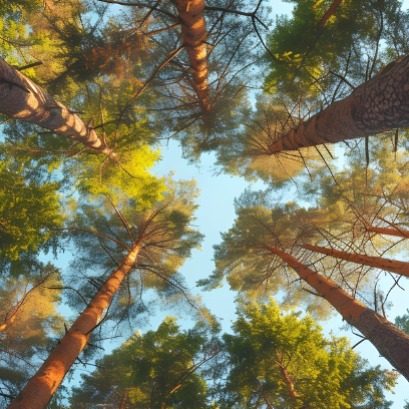
He is the most resistant wood producer in the world and grows in Argentina: he knows the tree that surprises with its properties
? In the north, one of the oldest and most resistant trees on the planet survives. ? Its name is Guayacán and has medicinal properties, in addition to an amazing wood.
